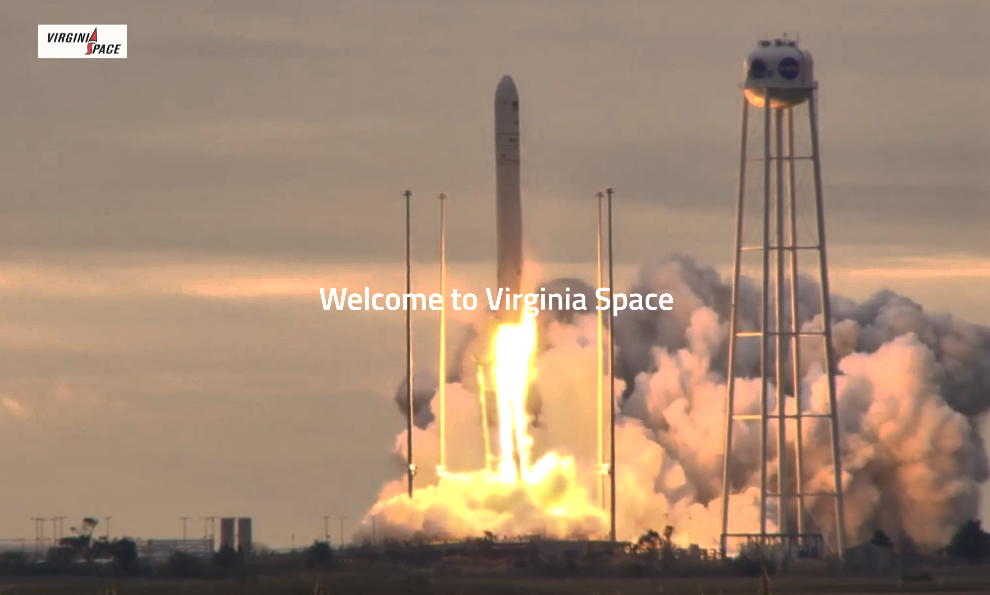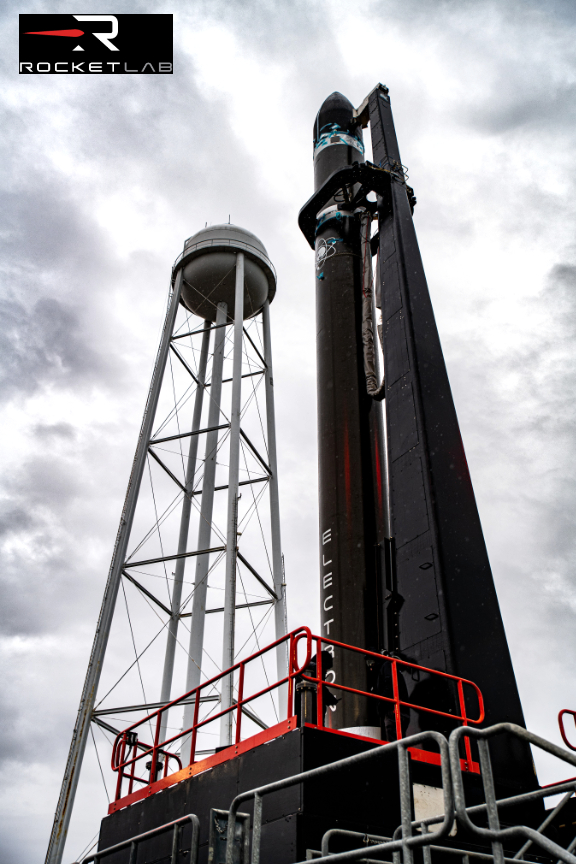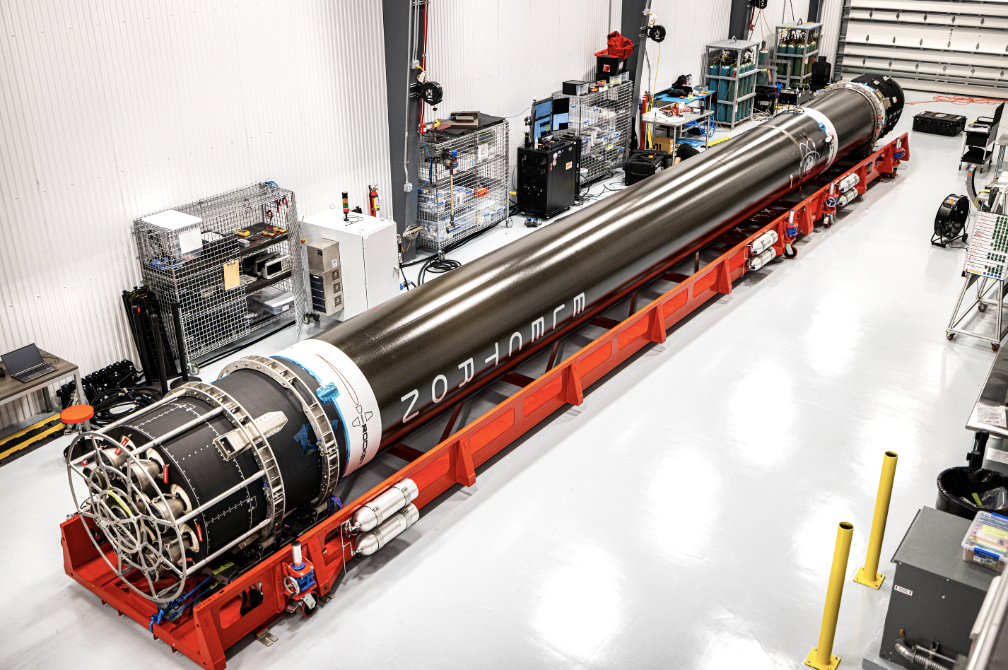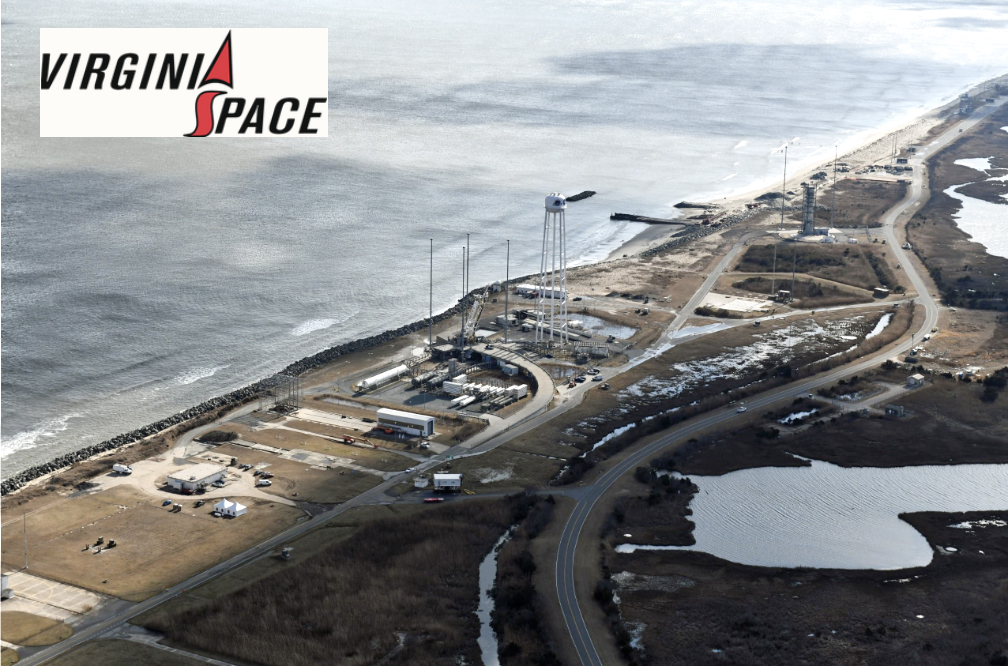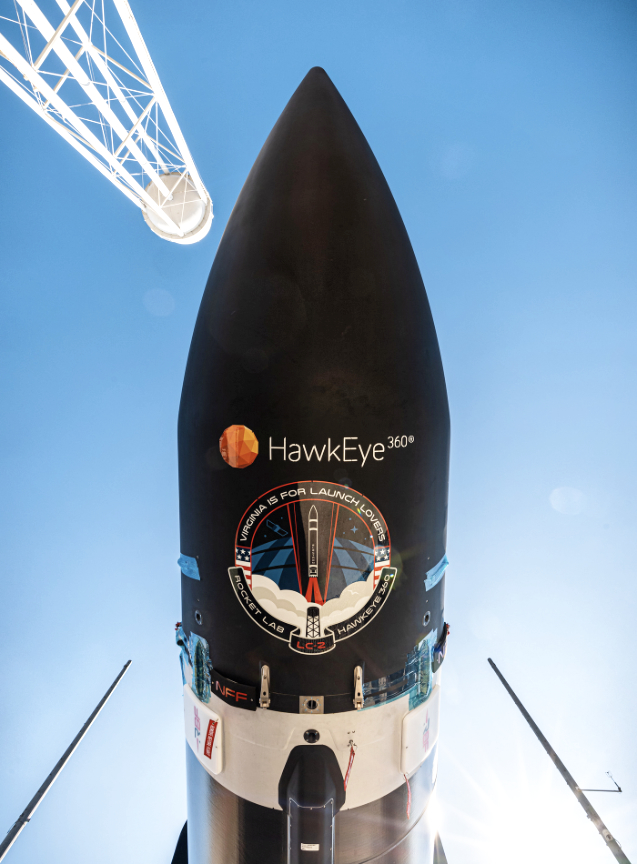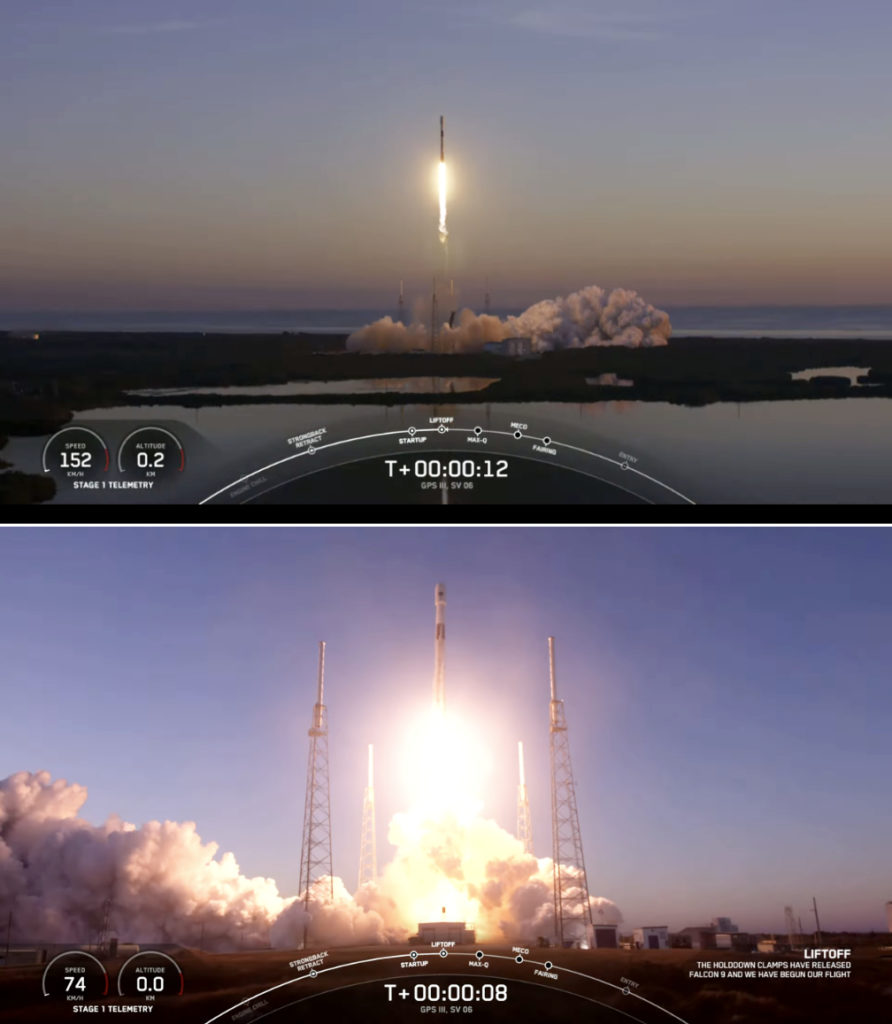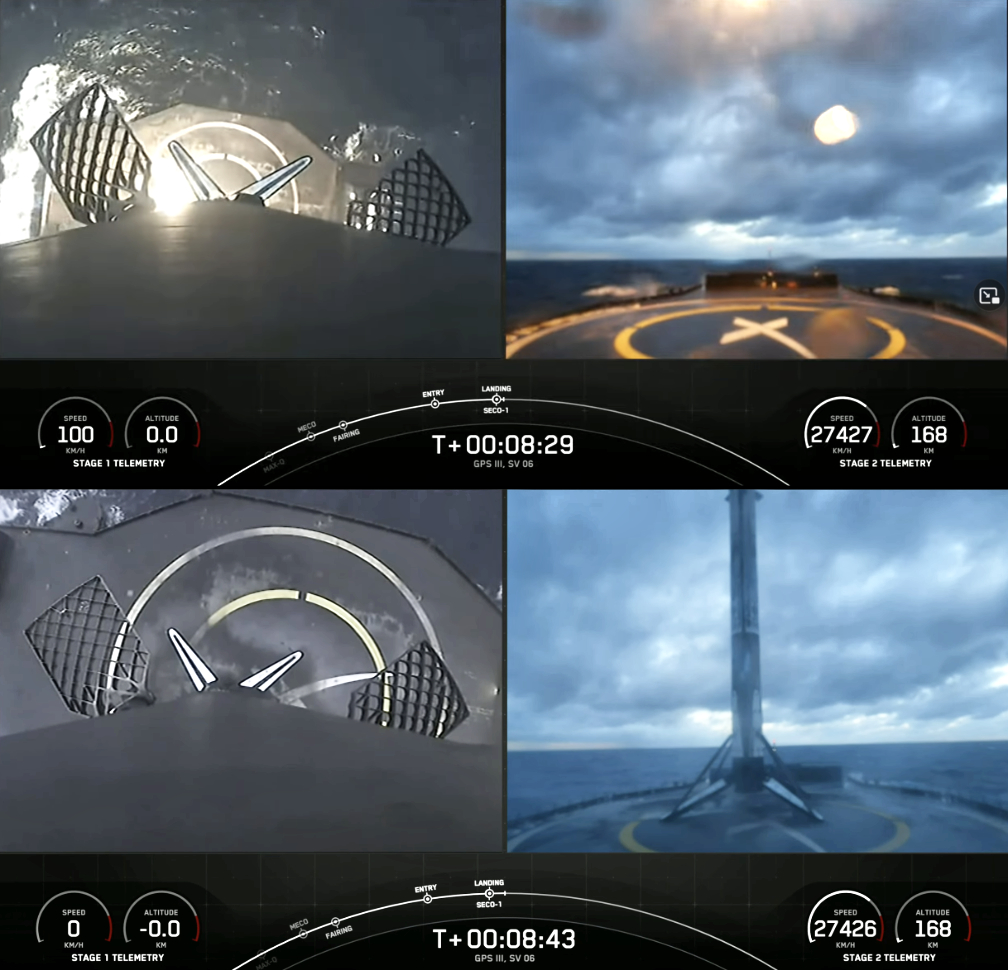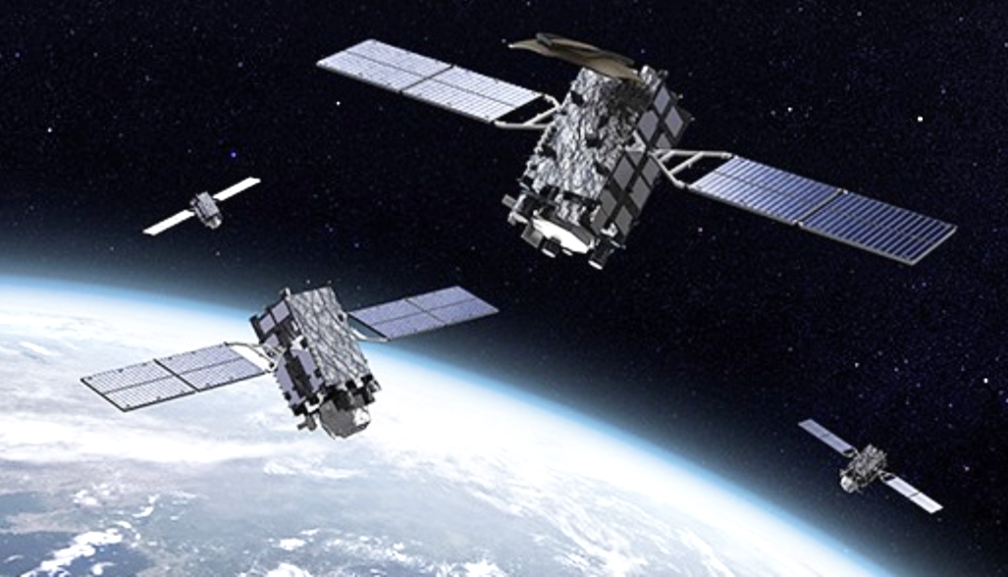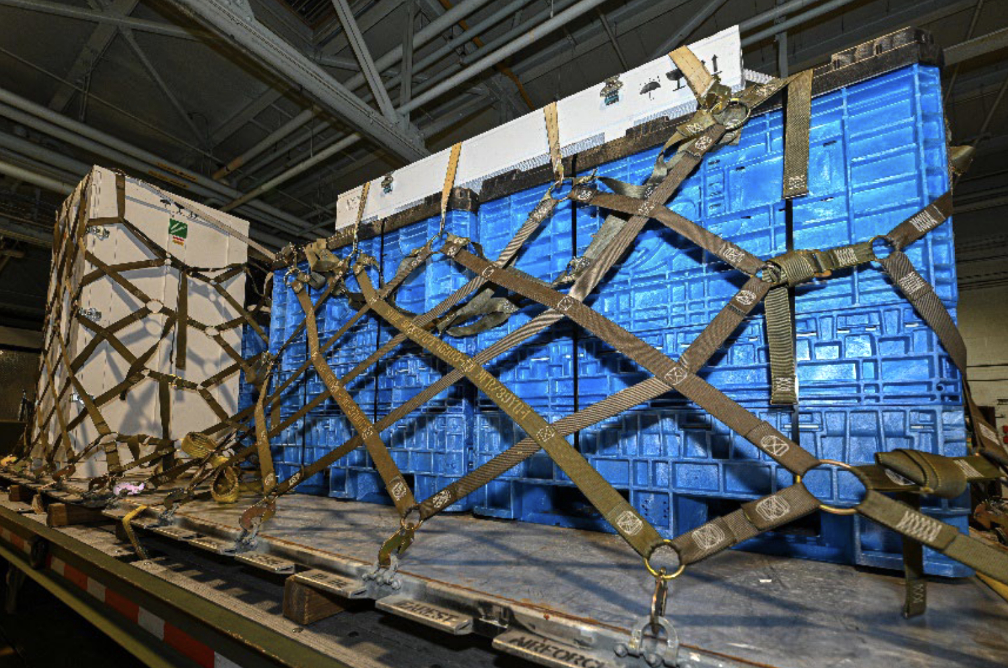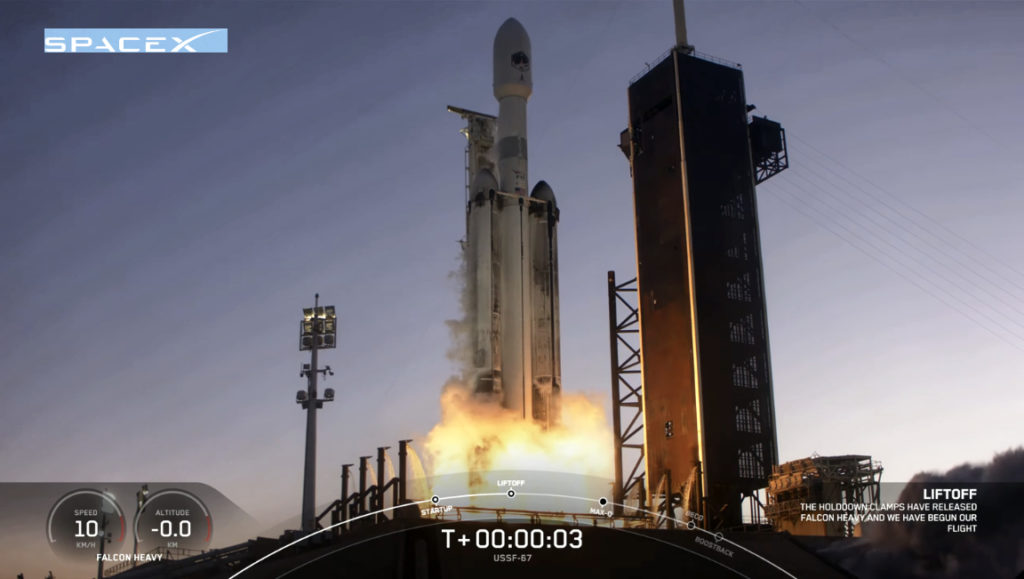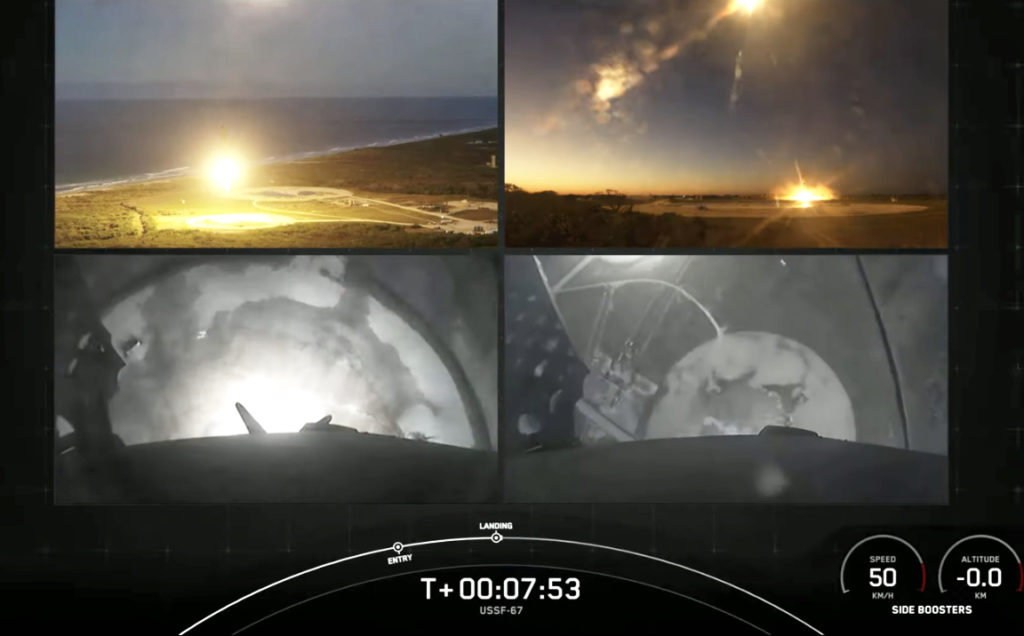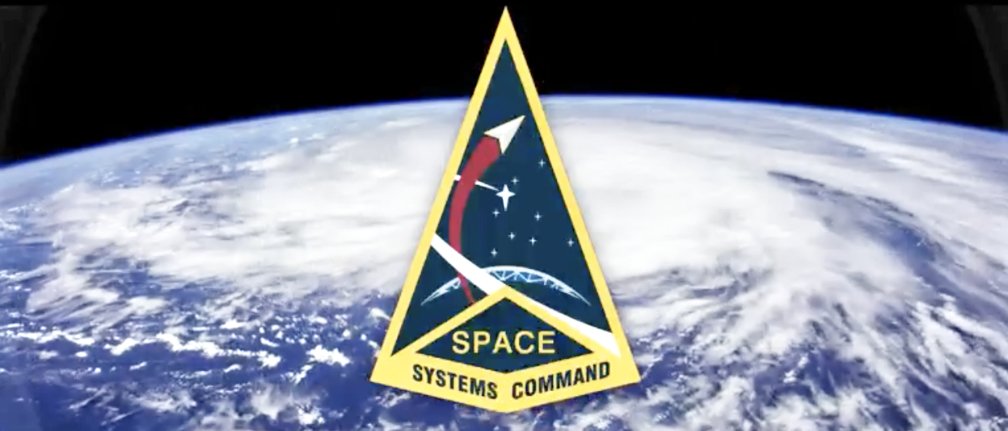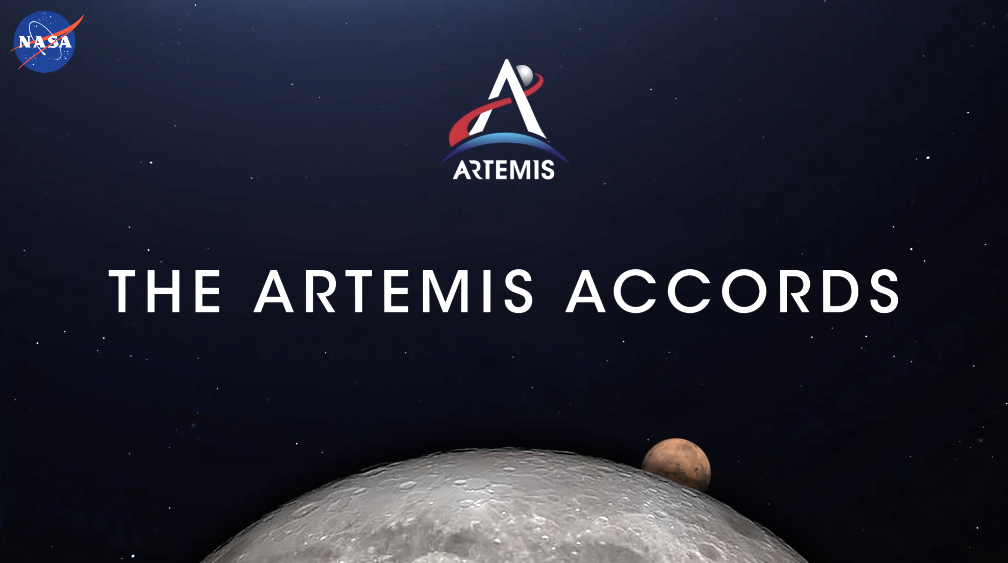
The United States Space Force Science, Technology, and Research Directorate and United States Coast Guard Research and Development Center solidified their commitment to collaborate and enhance space capabilities for the joint warfighter through a new memorandum of understanding.

This significant occasion marks the first time the two organizations have worked together and is the start of a partnership that is focused on coordination, sharing and exchange of information and identifying opportunities for applied research, and advanced technology development.
The missions of the Space Force and Coast Guard are intertwined and have many goals that could be achieved more effectively and yield greater impact with coordinated planning. This MoU will enable and improve the Space Force’s access to unique USCG Research and Development Center facilities, infrastructure, and personnel to support their mission to protect the space interests of the U.S. and its allies by optimizing the development and transition of future space capabilities to the joint force.
Due to the high dynamics of space and its rapidly evolving domain, the demand for space-based capabilities is significantly increasing and it is imperative for the U.S. national security community to maintain its technological edge and strong foothold in space.
USSF Dr. Joel Mozer, USSF science, technology, and research director, signed the MOU alongside Capt. Daniel Keane, USCG research and development commanding officer; and underscored the importance of the partnership.
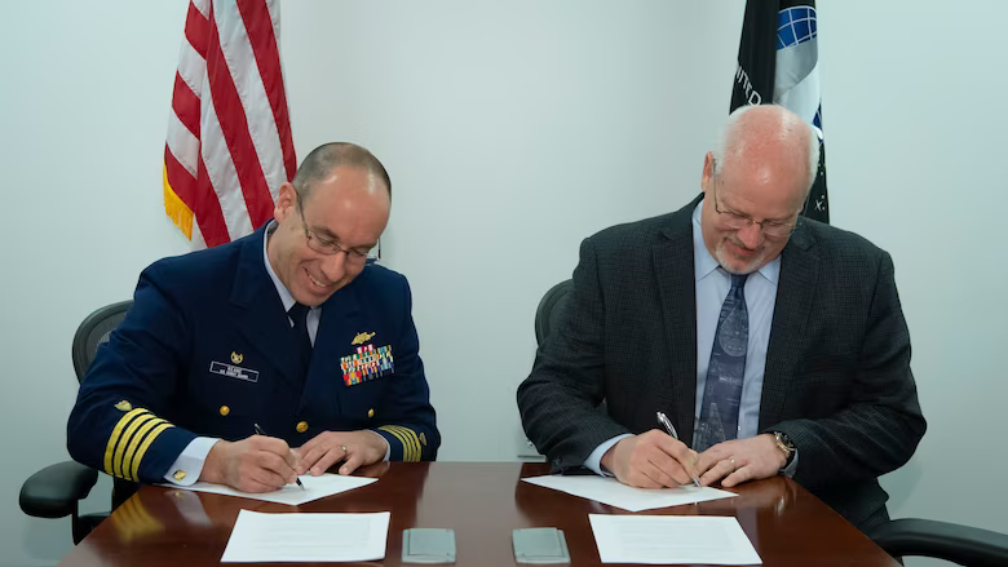
The Coast Guard has research activities adept at identifying, developing, and operating emerging technologies to benefit national space-related capabilities, including space missions and operations. Through this MOU the organizations aim to develop a partnership that focuses on collaboration and transparency to enhance capabilities and technologies, and to share best practices.
“The Coast Guard is more than 230 years old, and the Space Force just three,” Mozer said. “The nation’s newest service has a lot to learn from one of its oldest on how to provide national power and security in a burgeoning new domain full of new economic and geostrategic opportunity, but also representing unknown threats. The Coast Guard is a forward-leaning organization with an eye to the future. The Space Force wants to take advantage of their methods of strategic foresight and apply them to our own space problems, where technology developments overlap between the two services, we want to partner.”
“We are excited for the opportunity to partner with the Space Force in potential future research, as well as share researchers and best practices,” Keane said. “We quickly realized the value that this relationship presented for both agencies soon after the Space Force participated in a Coast Guard strategic study that examined the Coast Guard’s future role in space governance, use of spaced based technology and research areas.”




